
novel starch gel • us patent 11,118,032
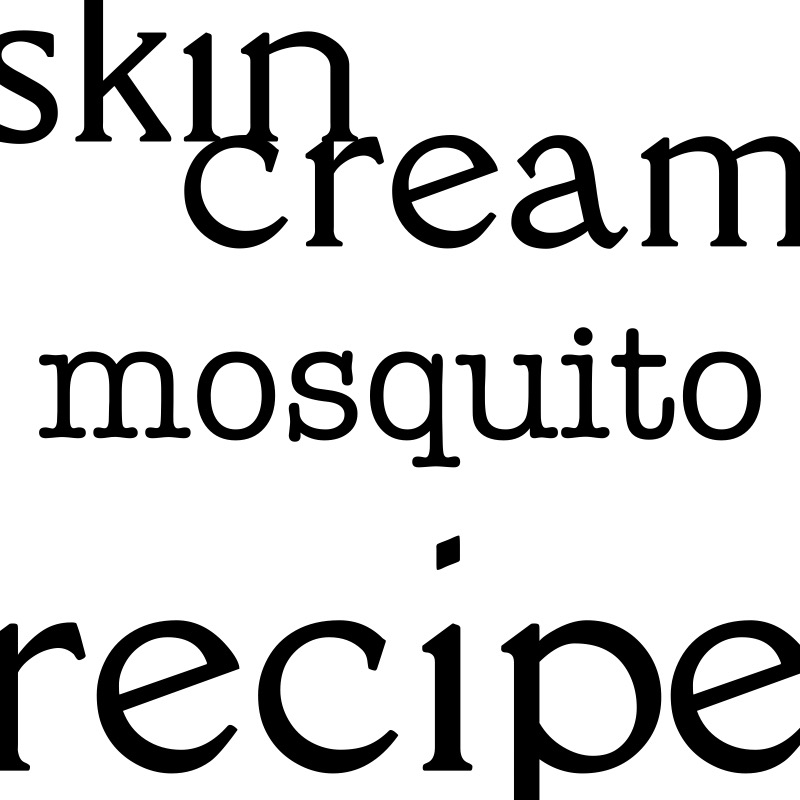
Skin cream that reduces compounds that would attract mosquitoes.
This is a recipe for anyone to make from any local starchy vegetable.
Through cohesion, emulsion and film forming, the gel interrupts the process on the skin where bacteria generates these compounds from oils.
1 teaspoon starch is cooked in
20 teaspoons of water.
This makes a transparent gel.
Let cool.
Add 16 teaspoons of starch,
mix until smooth.
Dip two fingers in, then wipe the gel under one armpit.
Repeat with the opposite hand and armpit. Do this one or two times a day.
Any starch will do, from tapioca (cassava) to corn (maize) - whatever food grade starch is available.
This particular recipe would be enough for several people and could be made fresh each day.
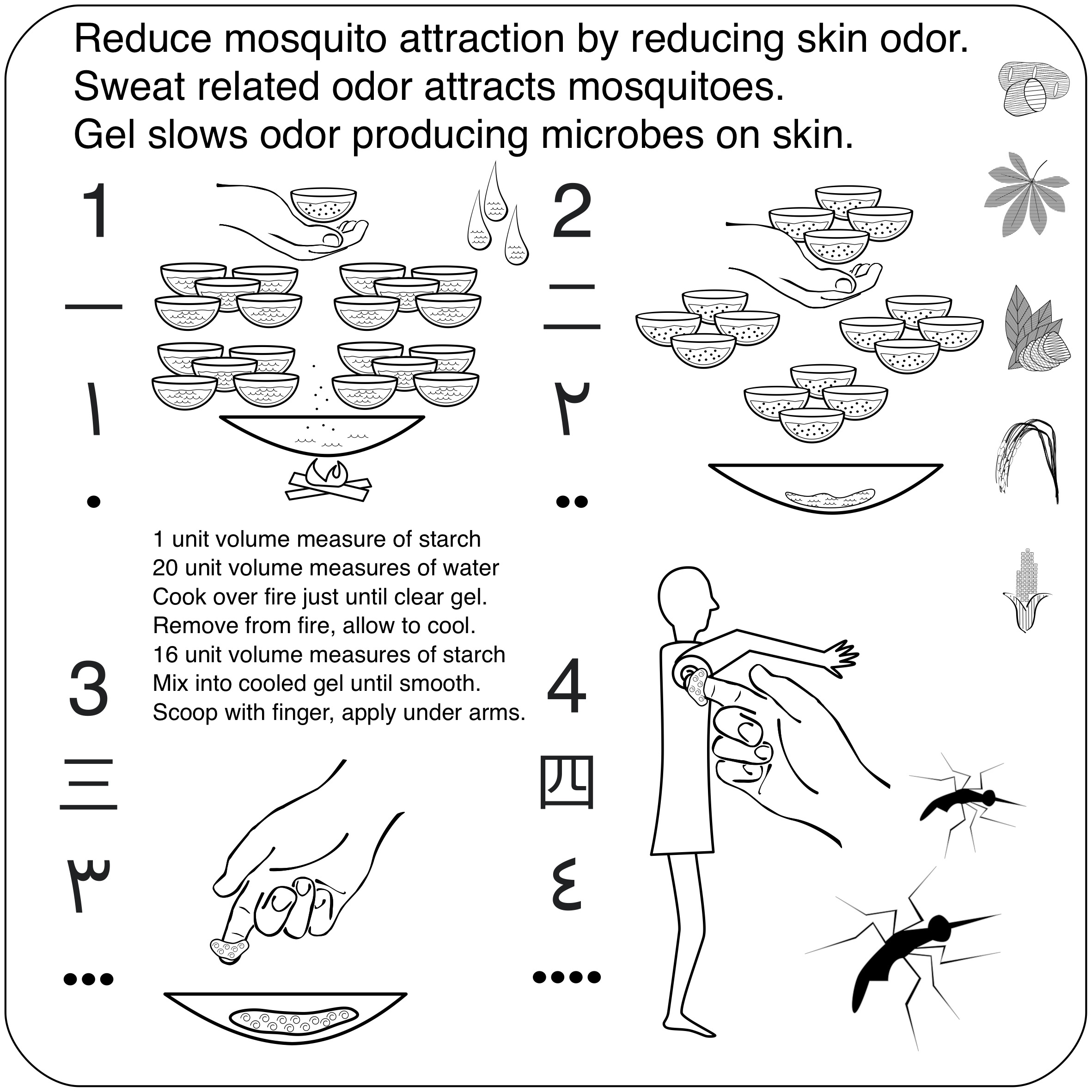
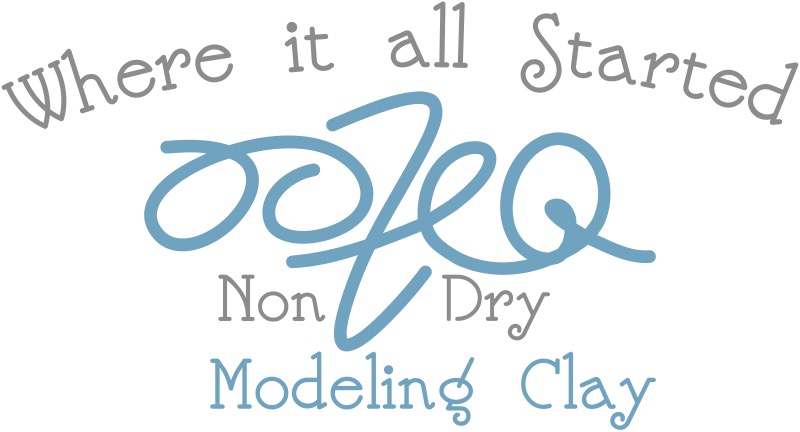
Oozeq is pronounced OOZE-eck and is named after oobleck, a mixture of cornstarch and water that is often used in classrooms to demonstrate non-Newtonian fluids that act like both a solid and a liquid.
Oozeq is a stable, patent pending, starch and water gel. Like oobleck, Oozeq will stretch like liquid when pulled slowly, and break like a solid when torn quickly.
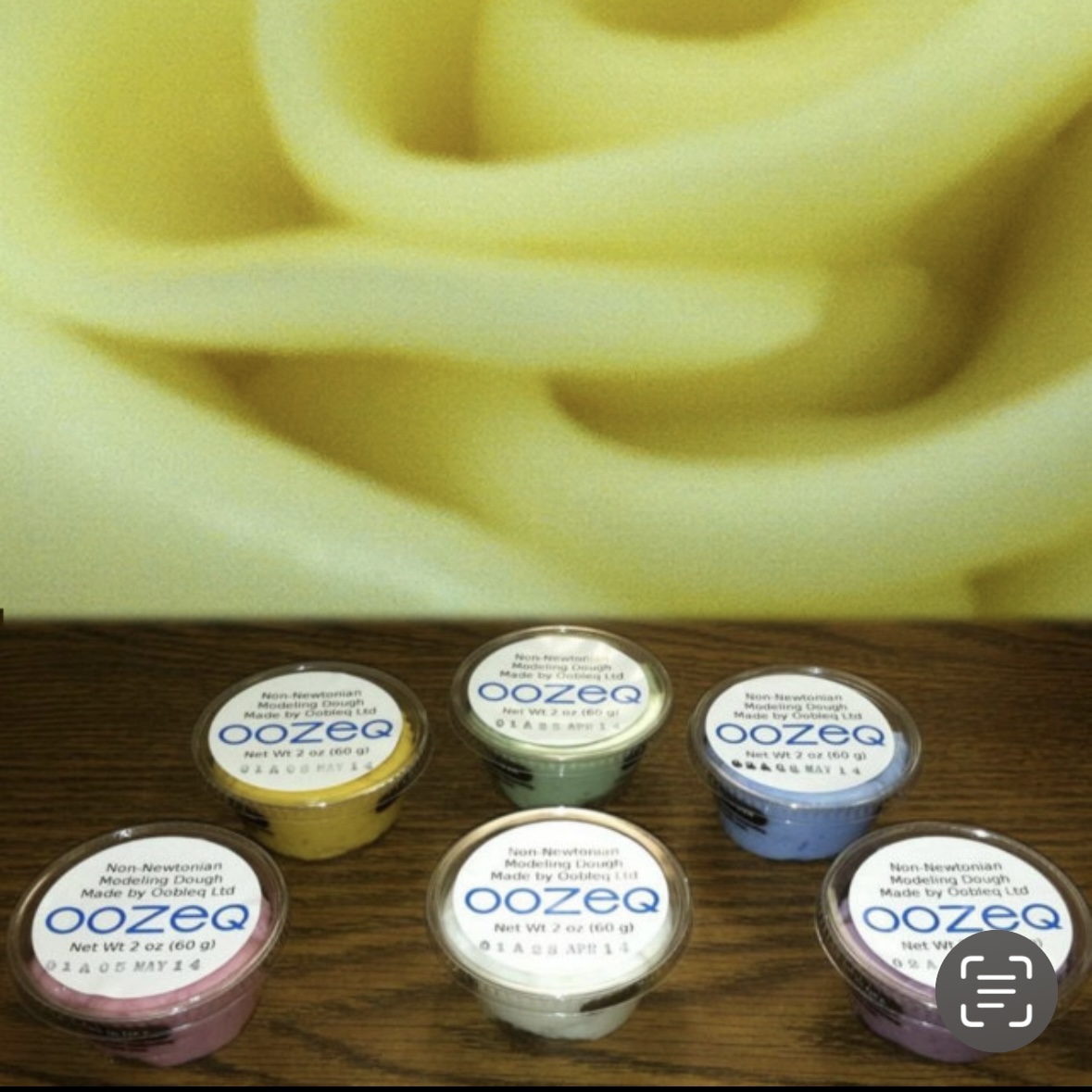
The word oobleck is borrowed from a Dr Suess book, Bartholomew and the Oobleck, in which oobleck refers to a gooey green precipitation.
Mandrel forms for hollow polymer clay work may be formed from Oozeq. These forms hold the work during forming and baking, then may be washed out with water, leaving a hollow piece.

Concrete may be molded with Oozeq such that intricate three dimensional structures are formed. Coating mold surfaces with soap insures the concrete sets properly. Oozeq and soap rinse out, leaving the intricate concrete casting.
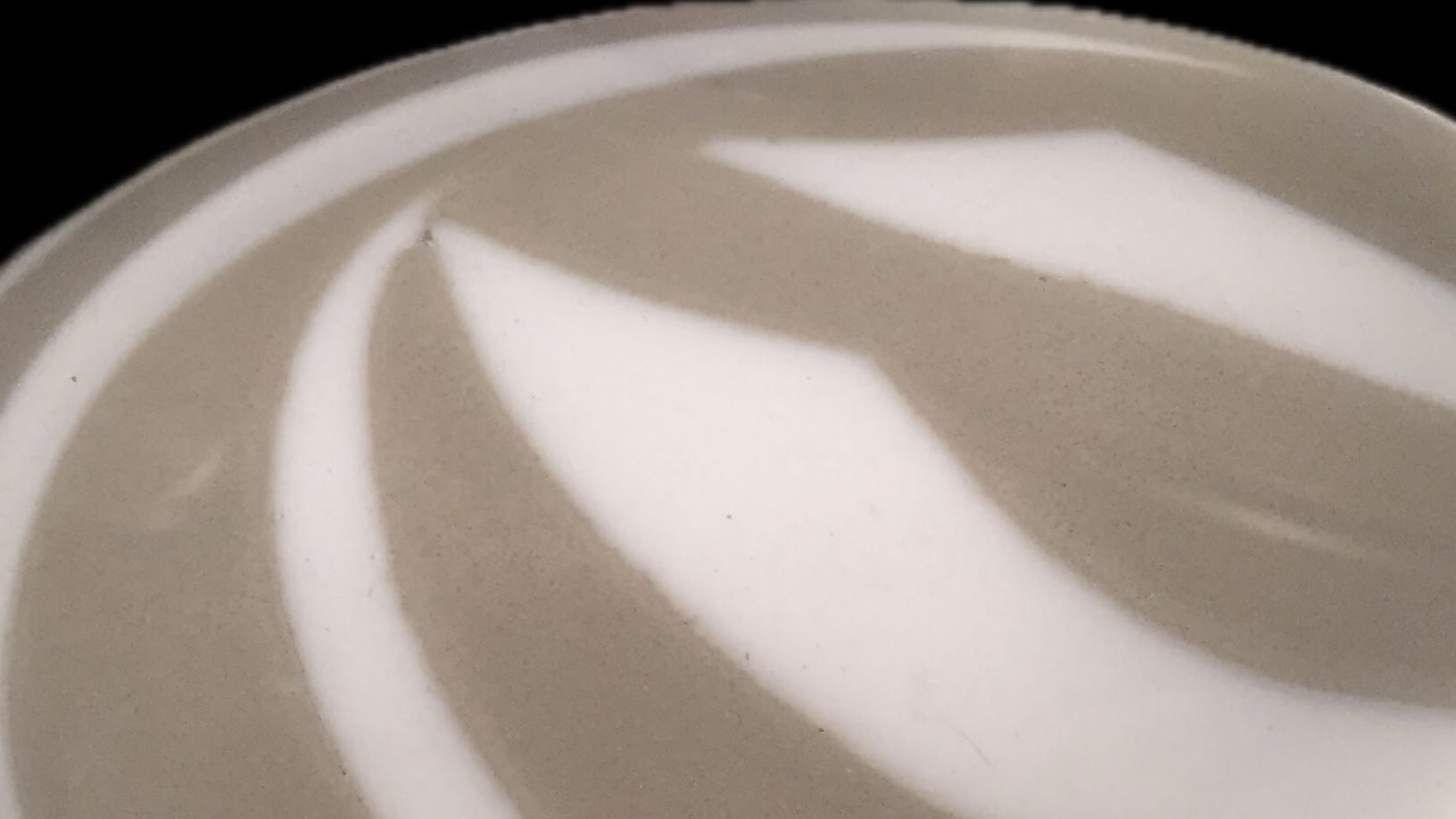
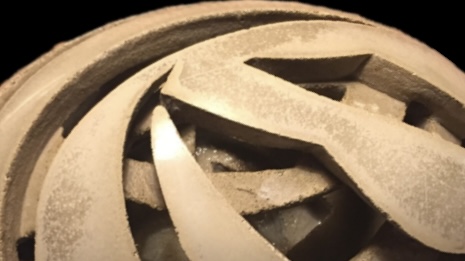
3D printing is possible with Oozeq starch clay.


Original origami designs and diagrams by the inventor of Oozeq.
Packaging Oozeq modeling clay using only paper was explored. This would allow a fully recyclable or biodegradable package. An original origami tetrahedron was designed for this purpose, and inspired many other original designs. Further origami work continues.
Original diagrams are drawn using the Yoshizawa–Randlett system.
Triangle Origami Book
Stories, insights and helpful hints.
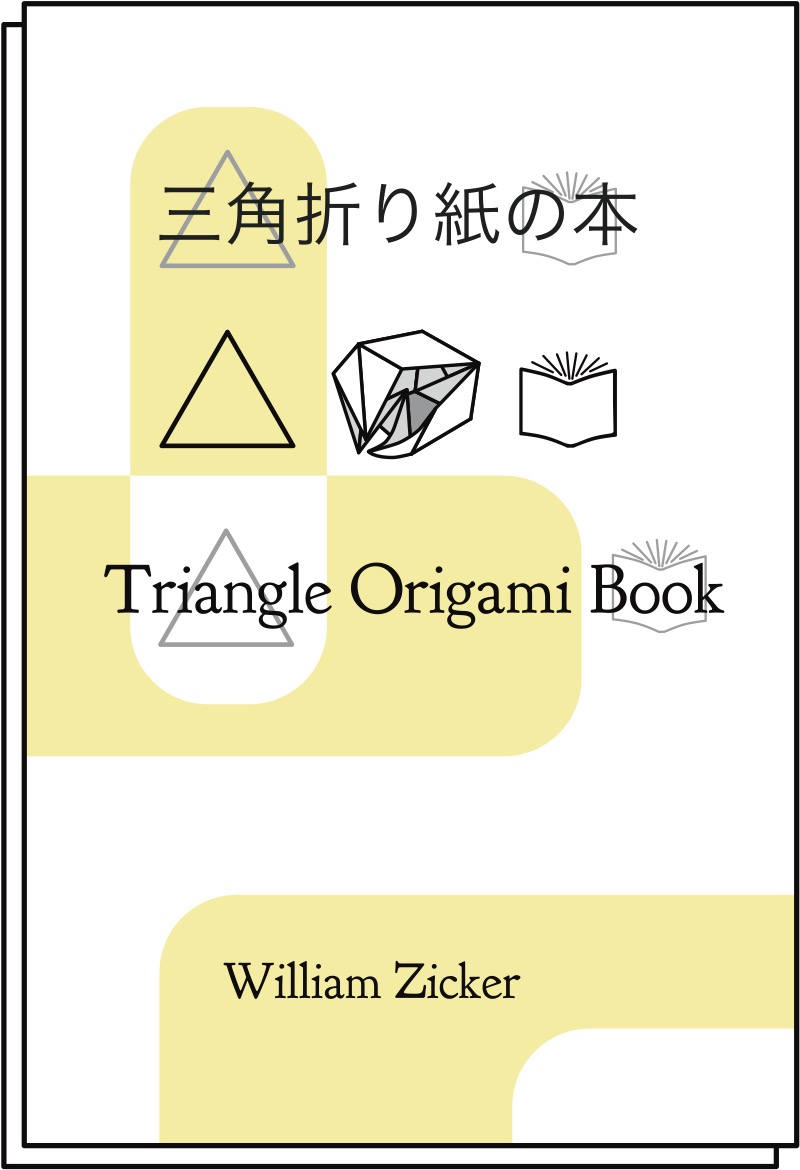

A novel biomimetic design is presented that combines linear and rotary motors to approximate the combination of drawing and rolling used to manually produce clay coil.
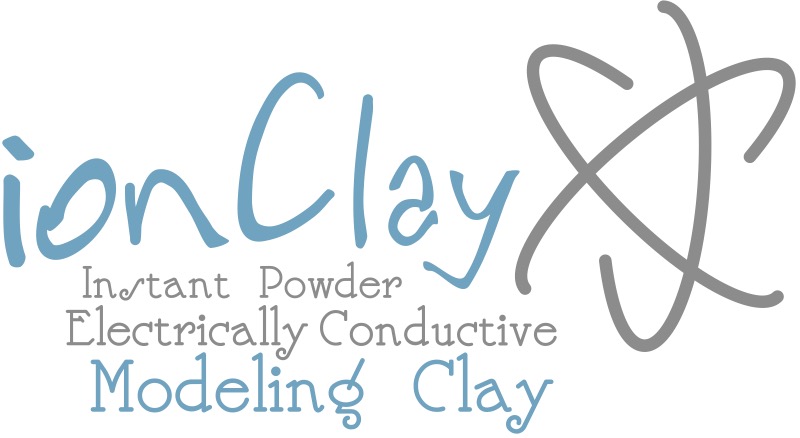
Galvanic cells may be made with this hydrogel solid electrolyte. Conductive starch hydrogel may also take the form of a dry powdered instant playdough for use in electrical experiments.
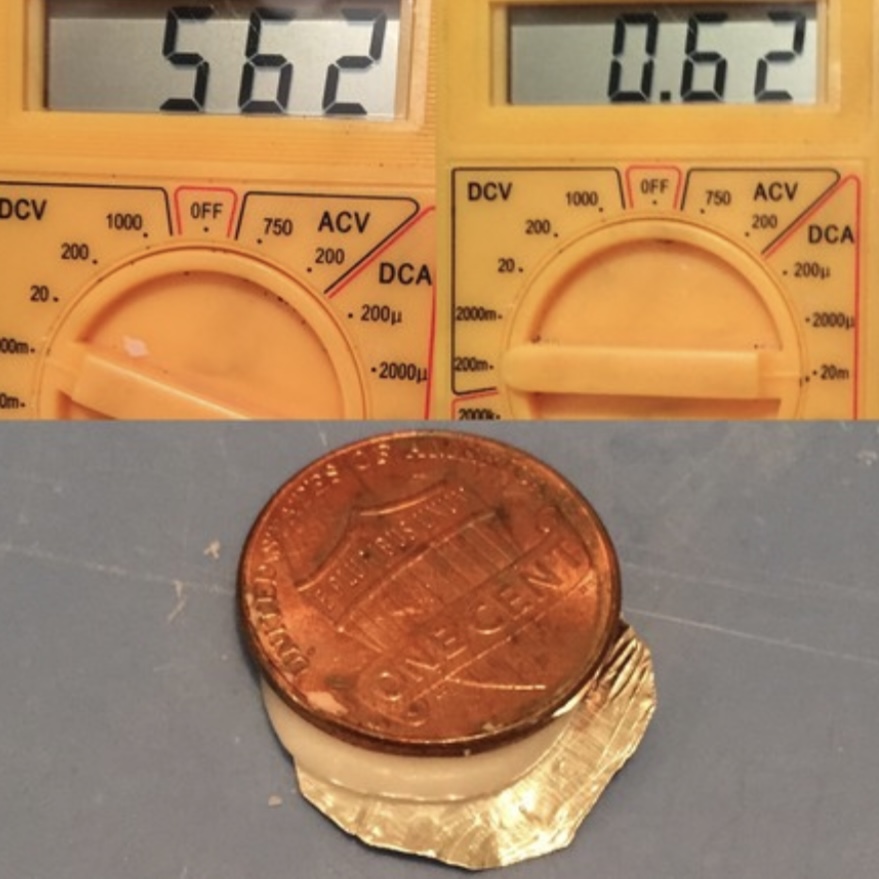

Aromatherapy stress putty made with only four ingredients.
• cornstarch
• water
• glycerin
• essential oil


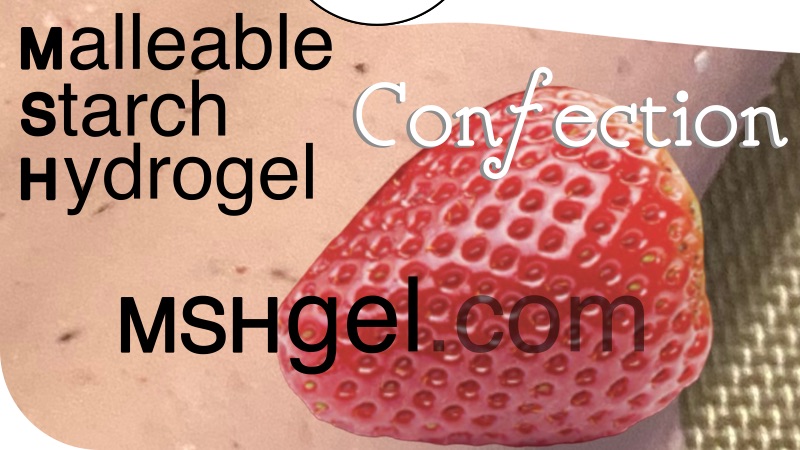
Malleable Starch Hydrogel (MSHgel) is made of only starch and water.
Sweet, savory, chocolate, fruit, vegetable ... any finely divided material may be incorporated into very thin sheets of MSHgel and then draped or sculpted.
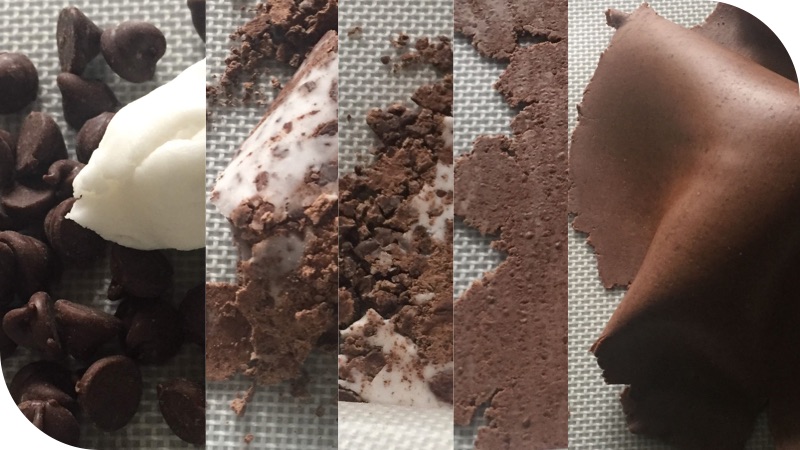
Mixing may be accomplished by rolling between two non-stick surfaces such as silicone parchment paper or sil-pat type rolling mats.
MSHgel dry starch blend may be added directly to ingredients that contain water.
Shelf stable indefinite preservation may be possible as MSHgel secures water in added ingredients, lowering the water activity of the resulting material. Glycerin and oil are optionally useful for enhancing plasticity.

Stick one dry surface to another dry surface.
Water soluble, useful as a temporary transparent adhesive for window decoration. We call this windowashi. Washi is a Japanese word for paper.
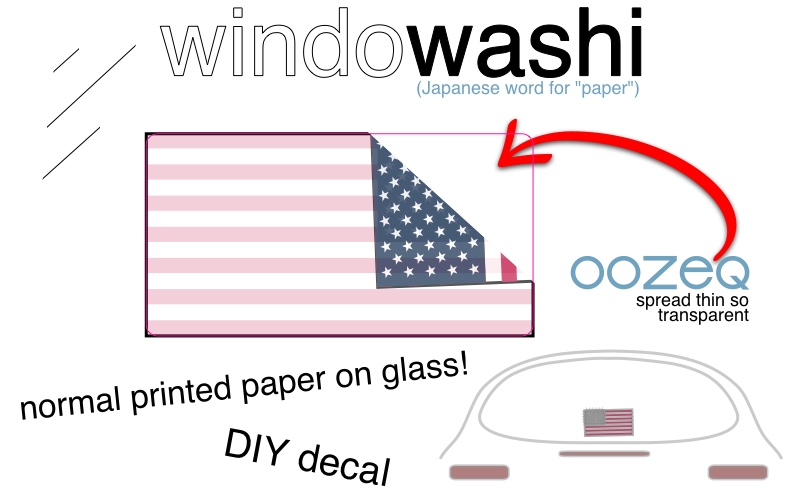
Printed normally on plain paper, a thin layer of gel sticks the front of the paper to the back of the glass, so the image shows clearly through the window.
